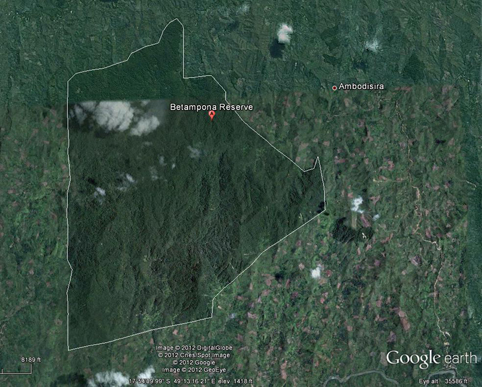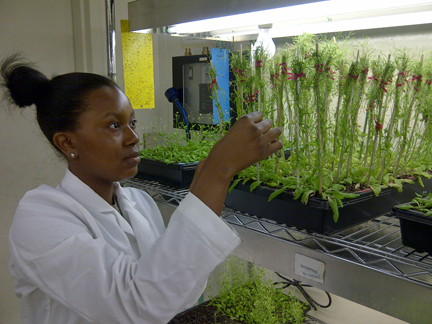By Ashley Yeager

Glassblowers shape molten silica before the glass transitions from liquid to a more solid structure. Credit: handblownglass.com.
Glass forms when liquids are slowly compressed or super-cooled, but don’t crystallize the way cooled water turns to ice. The liquidy pre-cursors to glass, like molten silica, do become hard like a solid, but the atoms in the material don’t organize themselves into a perfect crystal pattern.
The result is a substance that is as hard as a solid but has the molecular arrangement of a liquid — a phenomenon that scientists can’t quite explain, yet.
Previous theories assumed that at the transition point between a liquid and glass, the material’s atoms become caged by each other in a “simple” Gaussian shape. This same shape describes the distribution of people’s height in the U.S. and is known as a bell-shaped curve.
But new simulations, described online Aug. 13 in PNAS, suggest this assumption is wrong. The simulations model the interactions of glass particles in multiple dimensions and show the shape of the particle cage is much more complex than a Gaussian distribution.
The discovery is a “paradigm shift in the sense that so many people have been having the same, wrong, conception for so long, and they should now revisit that basic assumption,” says Charbonneau, a theoretical chemist at Duke. “The assumption was actually constraining how they thought about the problem.”
Even with a new shine on the way scientists think about glass, it is not clear how close or far the theorists are from writing an accurate description of what happens at the liquid-glass transition. But “the path to get there seems clearer than it has been in a long time,” Charbonneau says.
The next step in the research is to understand the relationship between glassy states of matter and those that are jammed, like pieces of cereal wedged in a grain hopper. Charbonneau and collaborators are already at work about how to study the connections between the two forms of matter.
Citation:
“Dimensional study of the caging order parameter at the glass transition.” 2012. Charbonneau, P., et al. PNAS Early Edition. DOI: 10.1073/pnas.1211825109















